While the world races towards new sources of electricity, the darling of the day are the solar farms. They promise clean electricity, less emissions, and a brighter tomorrow. But a quiet problem lies behind the shining panels: the quiet taking over of cultivable land.
While solar power represents a key part of sustainable development, overlaying productive agricultural land with large solar farms threatens catastrophic outcomes—outcomes that won’t be visible until they have happened. Ranging from irreversibly contaminating the ground to toxic leaching, the threat exists and continues.
The Incursion of Solar Farms into Productive Agricultural Land
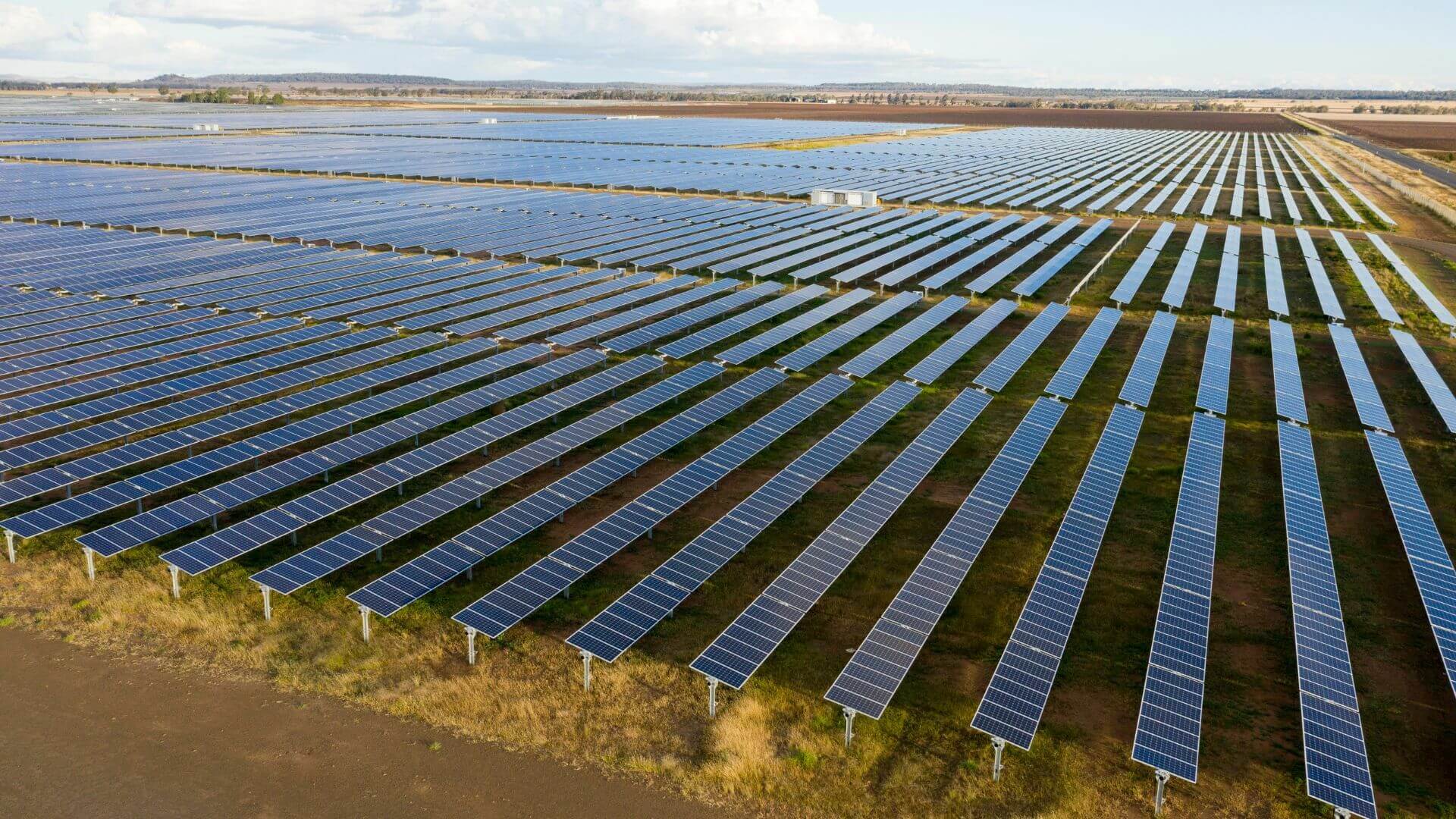 Did you know that 83% of planned solar development will take place on agricultural land? And worse still, nearly half of that land is “nationally significant” farmland in terms of productivity and stability?
Did you know that 83% of planned solar development will take place on agricultural land? And worse still, nearly half of that land is “nationally significant” farmland in terms of productivity and stability?
43% of the installations between the years 2009 and 2020 replaced existing cropland and another 21% encroached on pastures or rangeland. Approximately 1.25 million acres of agricultural land within the U.S. have thus become the production site of the sun so far.
This trend won’t stop. With energy companies searching the landscape for level ground that’s easily accessible to get on the grid, productive agricultural land isn’t off limits—but at what cost?
Soil erosion and loss of agricultural productivity
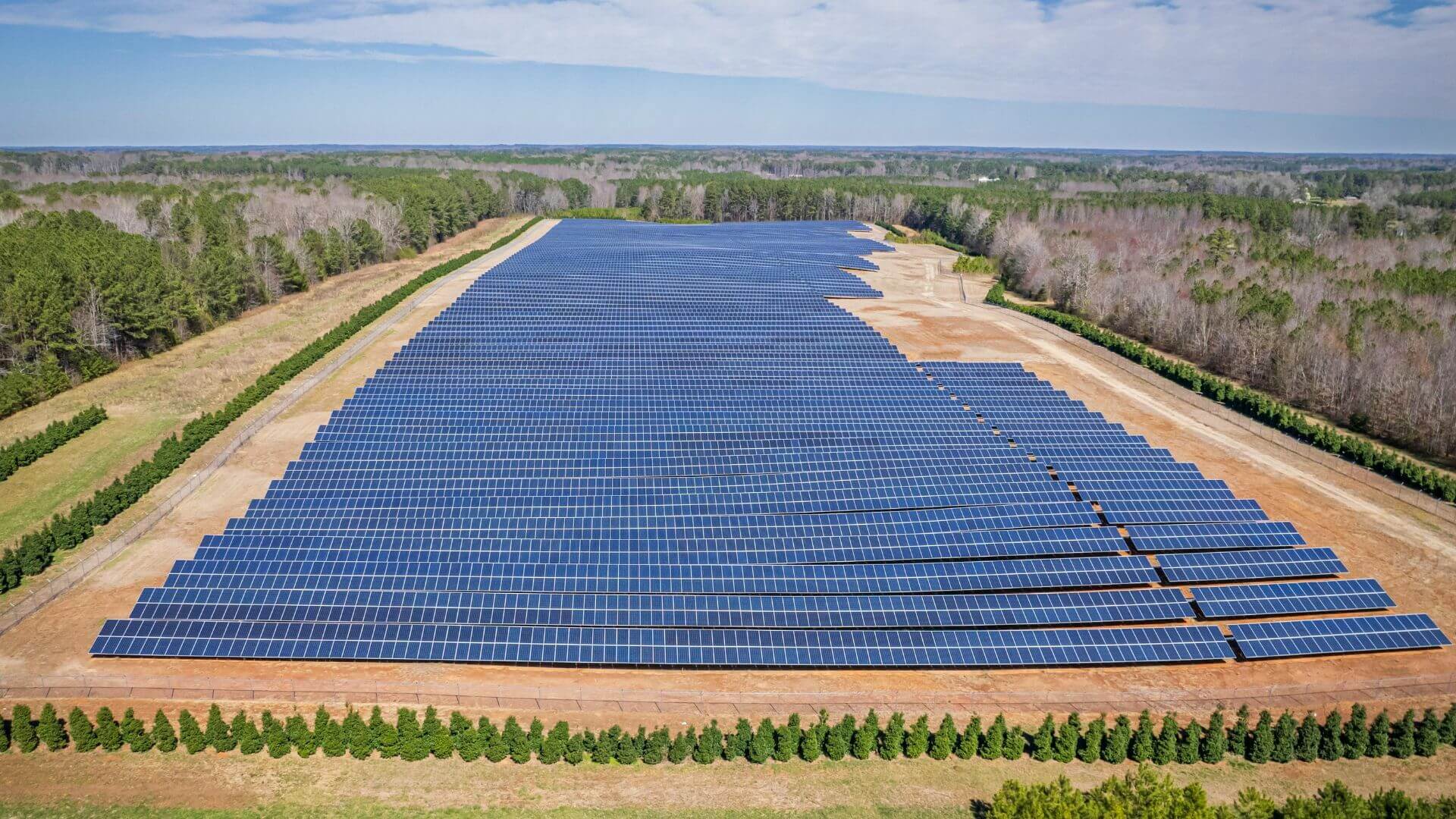 Solar farms don’t necessarily on the surface seem to harm the ground below. I mean, they are panels, aren’t they?
Solar farms don’t necessarily on the surface seem to harm the ground below. I mean, they are panels, aren’t they?
Not really.
Research has shown that even seven years of land cover by solar panels cause the land’s water retention capacity to significantly decline. The altered temperature of the ground and lower sunlight disrupt the natural mechanisms that retain fertility.
Construction makes the situation worse. The heavy equipment compacts the dirt, destroying its integrity. For example, people from Indiana have reported severe erosion from neighboring solar farms’ development. The land becomes then unusable for farming.
Picture generations of fertile land—stripped bare within a decade.
Toxicity and leakage issues
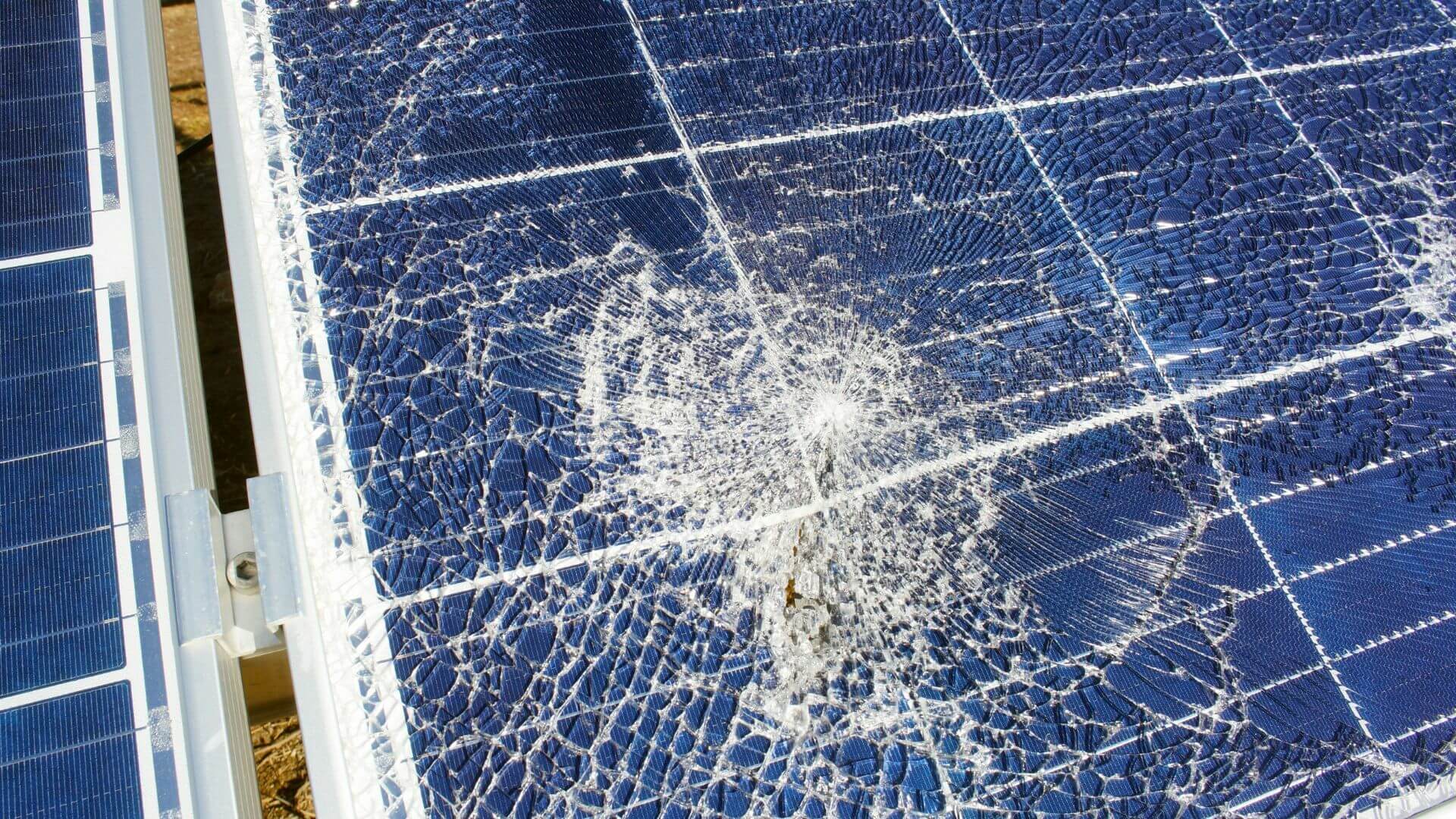 Here’s something you may not know: solar panels aren’t as clean as they look.
Here’s something you may not know: solar panels aren’t as clean as they look.
Most photovoltaic (PV) panels have toxic substances like cadmium, lead, and selenium. The toxic substances leach into the soil and groundwater over time and cause damage to the environment, particularly if panels are damaged during storms or due to mishandling.
Not just agriculture is harmed by this type of pollution—it harms wildlife, ecosystems, and the local people who rely on clean water.
Although there are regulations in place, enforcement and oversight frequently lag, subjecting arable land to environmental threats in the long term. By the time toxins enter the soil, the damage is not only expensive but, in certain instances, irreversible.
Challenges of Land Rehabilitation After Solar Farming
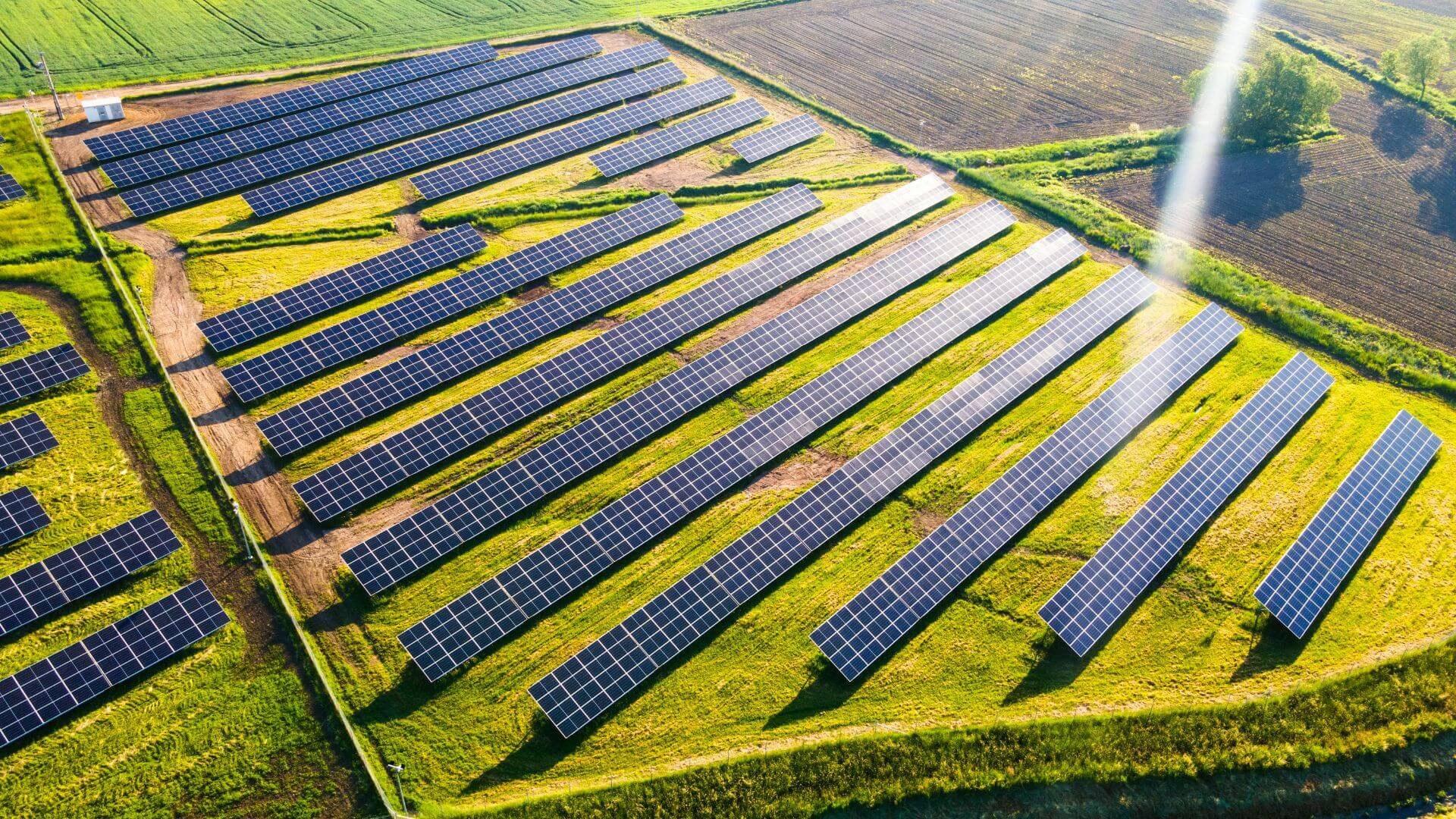 Some of the advocates contend that solar farms are only temporary, a 20-30 year lease and then the land reverts back to agricultural use.
Some of the advocates contend that solar farms are only temporary, a 20-30 year lease and then the land reverts back to agricultural use.
Had it just been that simple.
After decades of being underneath solar infrastructure, the land has numerous problems:
-
Soil Compaction
-
Loss of organic matter
-
Potential contamination
-
Impaired drainage systems
This land cannot be reclaimed by simply pulling up the panels and sowing seeds. It may take years of regenerating practice and intensive remediation and grading of the ground before anything like a fraction of its previous productivity may be restored.
Landowners frequently have the experience of discovering that once fertile land is irreparably disfigured.
Global Perspectives on Solar Farms and Farmland
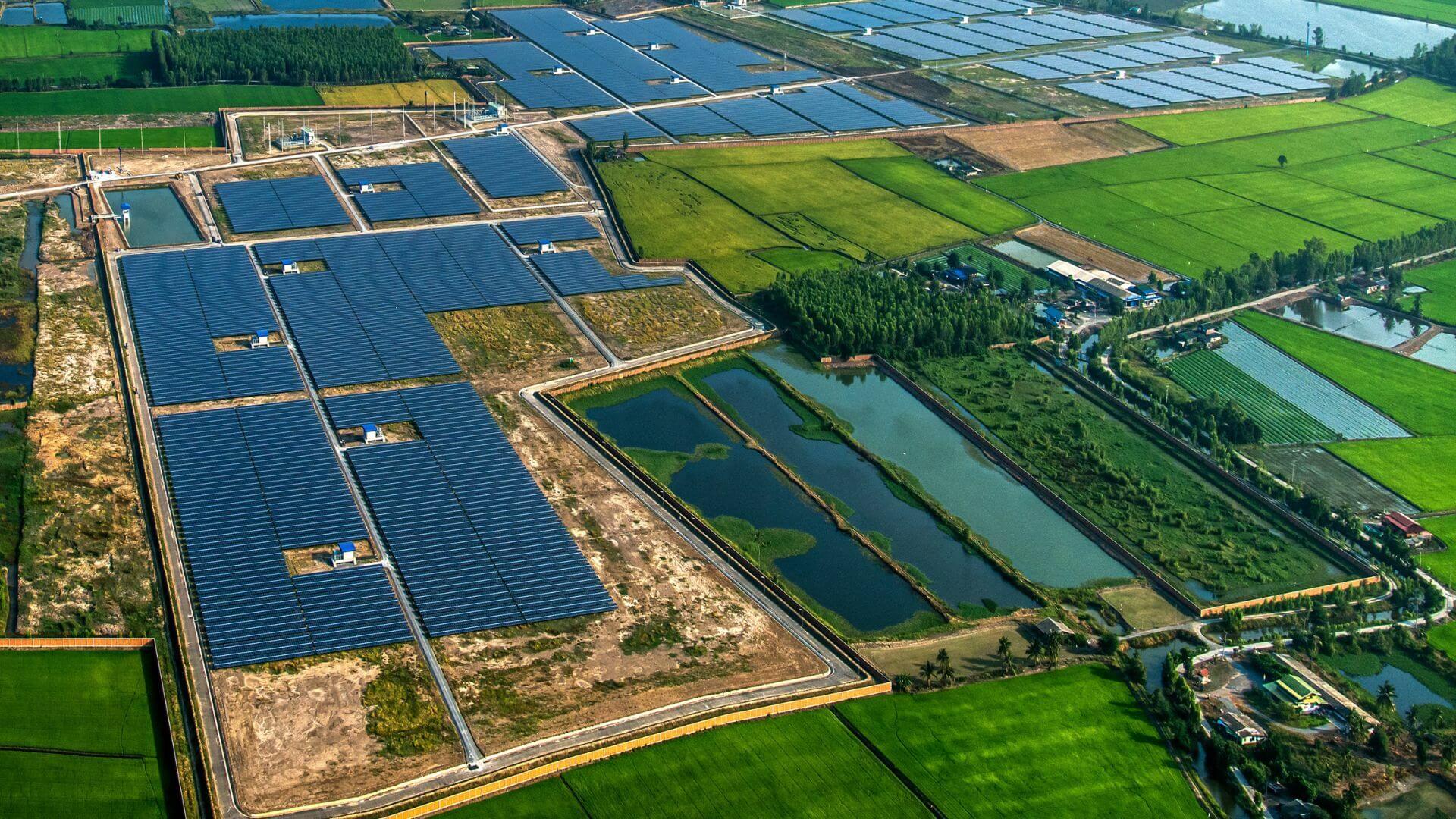 It’s not just an American issue.
It’s not just an American issue.
Aggressive development of solar power has taken vast tracts of cultivable land away from China, fueling food security concerns. Indian farmers are agitating and pursuing cases in courts over development that intrudes on farm livelihoods.
Globally, nations are navigating a delicate balance: developing renewable power without sacrificing the land that yields food for their people.
These international instances represent a very significant lesson—if we are not careful, the search for green power might inadvertently harm other pillars of sustainability.
Balancing agricultural needs and renewable energy interests
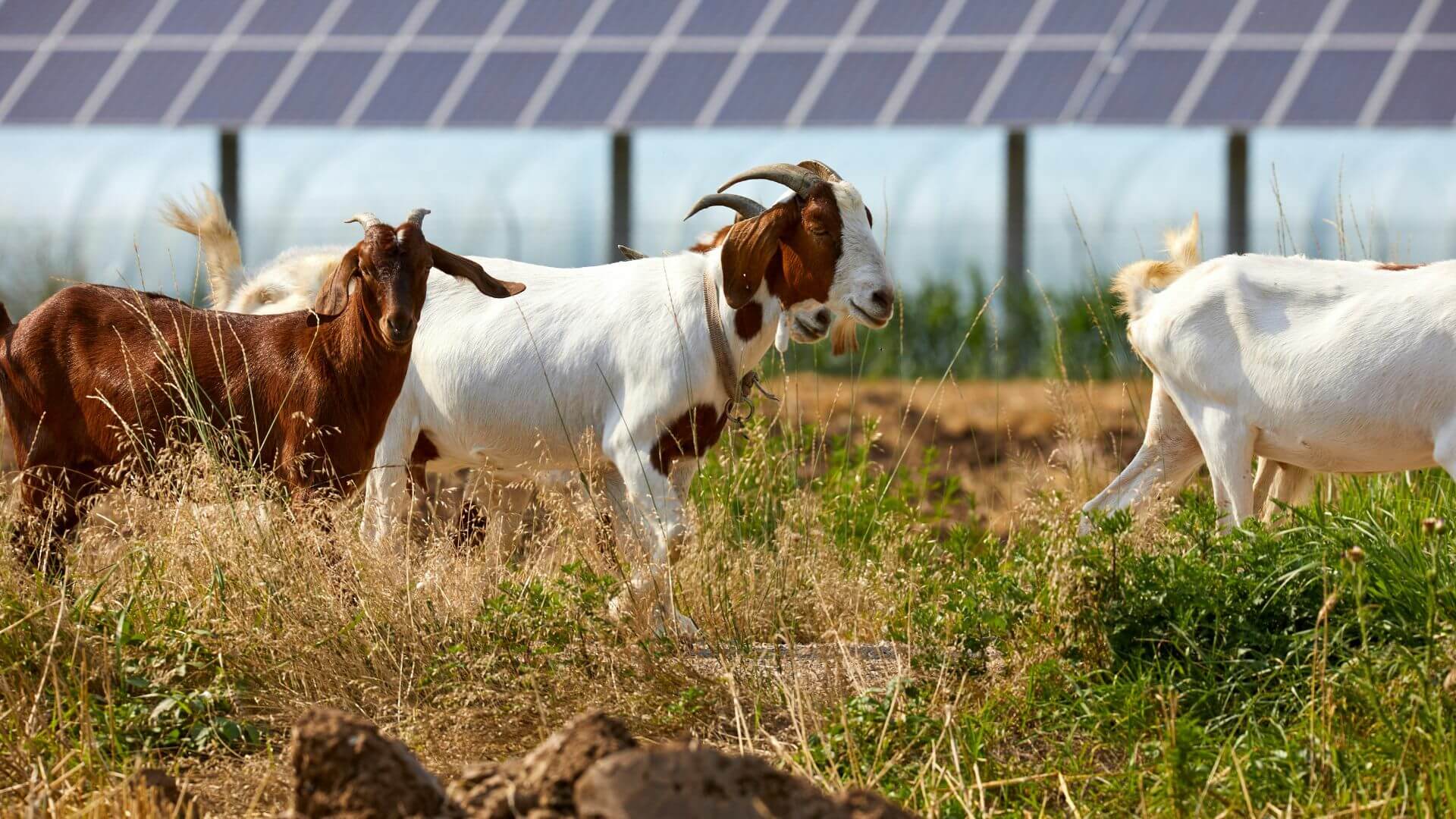 So, what’s the solution?
So, what’s the solution?
One such solution involves combining agriculture and solar panels. By placing panels high above the ground and designing layouts that enable crops or grazing under the panels, electricity is produced while not losing the production of food.
Nevertheless, agrivoltaics isn’t a one-size-fits-all solution. There are crops and farming methods that do not mix with solar equipment.
Policy may also help. The government and the state governments should promote the use of sunlight on lower productive land like desert land, brownfields, or industrial land as opposed to agricultural land.
Public involvement makes the difference. Planning that involves the participation of farmers, conservationists, and power developers can lead to wiser land-use decisions that reconcile agricultural and environmental interests.
Conclusion
There’s no question that the power of the sun will be at the forefront of a sustainable world. Yet sustainability is not all about green energy—it’s about sustaining our capability to produce food, keep the environment healthy, and preserve natural resources.
Unrestrained development of solar farms over productive farmland undermines these values.
We need to promote the responsible location of the panels, prioritize land stewardship, and embrace innovative solutions like agrivoltaics. With planning and a commitment to true sustainability, a way exists for us to harvest the sun’s rays without putting a shadow over our agricultural heritage. Let us not allow our rush to green energy to asphalt over the very soil that sustains us.